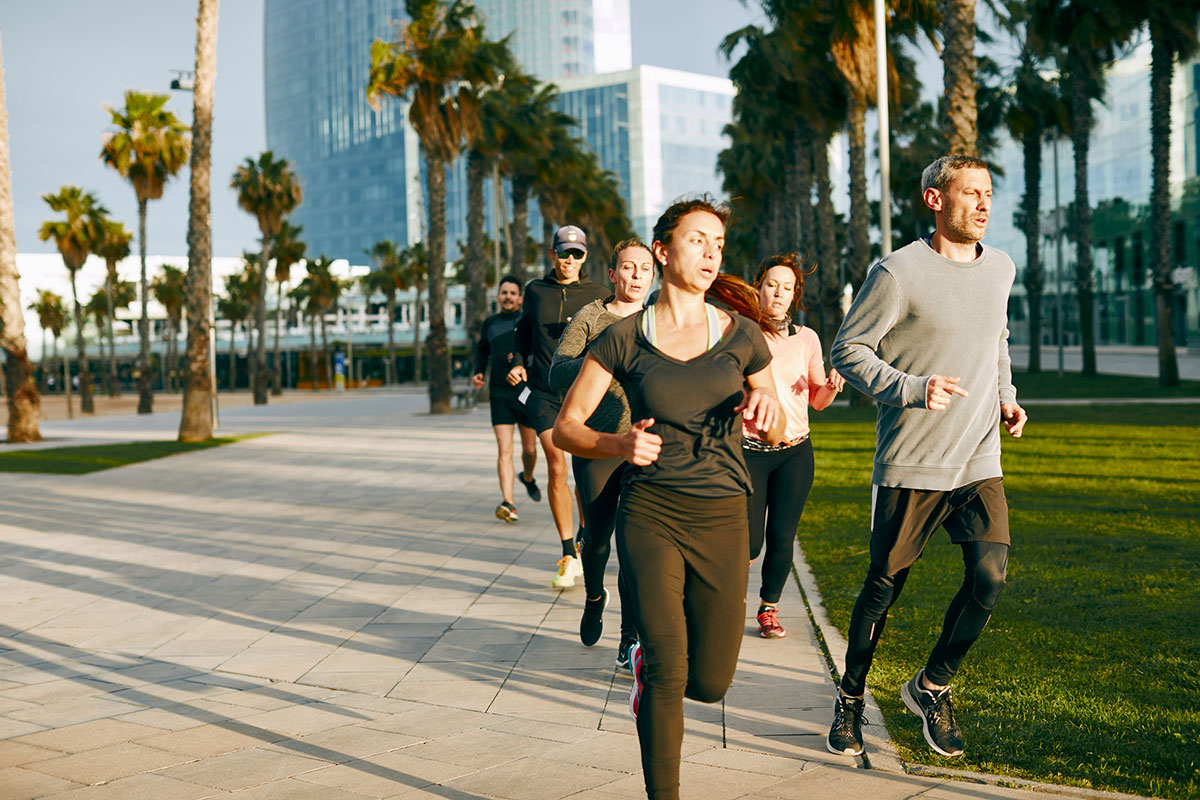
Outdoor Exercise Is A Great Way To Improve Energy
Outdoor Exercise Is A Great Way To Improve Energy
Cold weather workouts do bring unique risks, but a little planning and preparation can help whether you’re going for a winter walk, trekking in snowshoes, or sledding with the kids.
The shift to colder weather makes hibernating under a pile of blankets — perhaps while binge-watching favorite shows — quite tempting. But outdoor exercise is a great way to improve energy levels, boost the immune system, connect with nature and, during the coronavirus pandemic, safely socialize with people outside your bubble.

Indeed, the protracted health crisis is motivating many people to get off the couch and get out in the brisk air: Sales of outdoor winter sports equipment as a result have been spiking.
But an outdoor exercise routine during the winter does bring unique risks. Cold temperatures cause blood vessels to narrow, making it harder for the heart to pump blood and potentially straining the heart.
This narrowing of blood vessels can also keep muscles from getting the oxygen they need to stay warm and flexible, which can lead to injury. Hypothermia, frostbite, and falls on the icy ground are also hazards of winter weather.
A little planning and preparation can mitigate the risk whether you’re going for a winter walk, trekking in snowshoes, or sledding with the children. Here’s what you need to know to feel the burn and the “brrr.”
Before you head out.
Fuel up the body has two main types of adipose tissue or fat — white and brown. Unlike standard white fat, which stores calories, brown fat is packed with energy-creating mitochondria that produce heat and helps the body maintain its core temperature when it’s cold out. This is the type of fat hibernating animals use to stay warm.
“Essential fatty acids like omega-3s, DHA, and EPA can help increase the amount of brown fat,” said Shawn Stevenson, the nutritionist and author of the book “Eat Smarter.” “You’ll find that in salmon, roe, egg yolks, and algae or krill oil. There’s no need to go crazy, but two to three servings a week can help during the cold time of year.”







